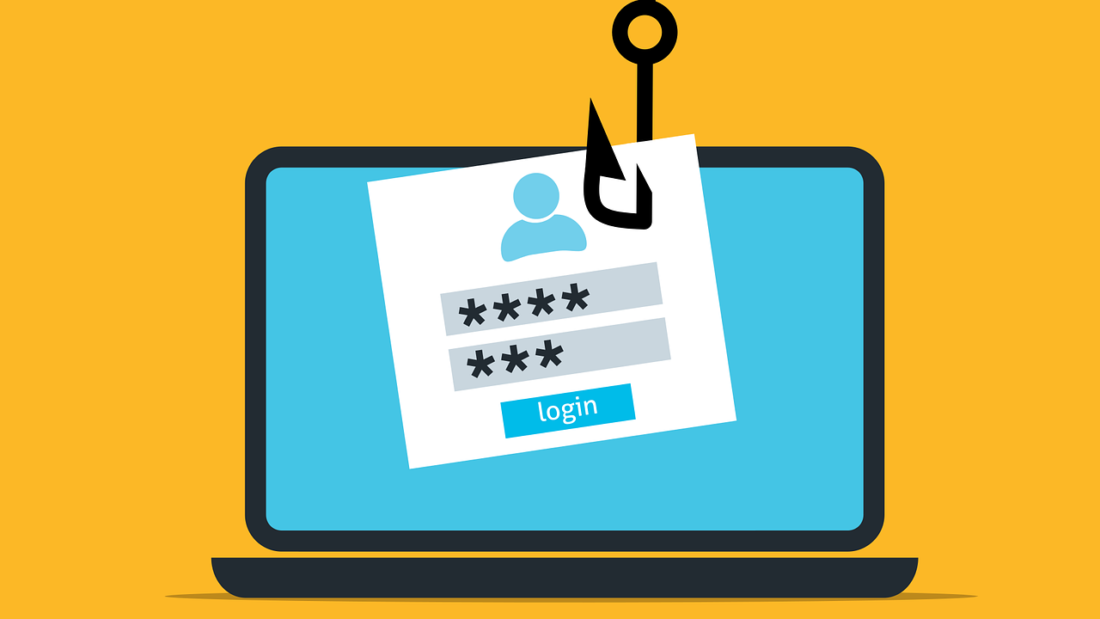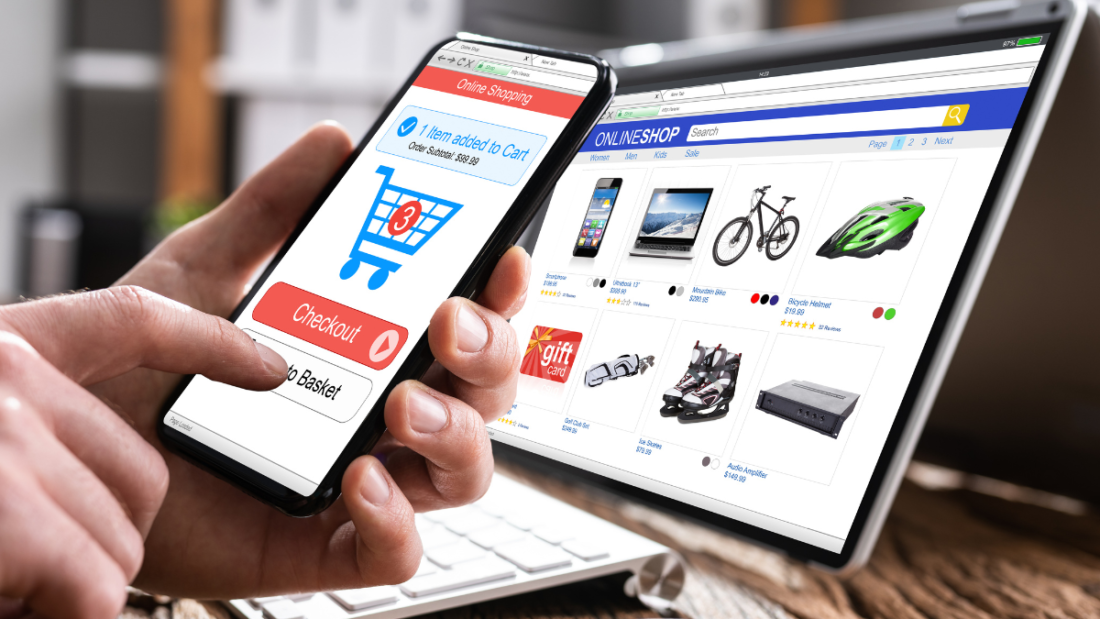In 2025, businesses that adopted AI-powered chatbots witnessed up to a 60% increase in revenue, thanks to frictionless customer engagement, instant support, and data-driven automation.
From startups to enterprise giants, companies are using chatbots to optimize nearly every area of operations — not just customer service.
What is a Chatbot?
A chatbot is a conversational AI tool that interacts with users through chat interfaces on websites, apps, or messaging platforms like WhatsApp, Messenger, and Instagram. Unlike static forms or delayed emails, chatbots offer instant, smart responses — making businesses more responsive and efficient.
6 Powerful Things Chatbots Can Do for Your Business
1. Automate Support & Save Time
Modern chatbots like Lyro AI Agent by Tidio can handle up to 70% of repetitive queries,
allowing your human team to focus on complex issues. This not only improves productivity but also slashes your support costs significantly.
Case Study: Amtrak’s chatbot “Julie” reduced their support costs by over $1 million/year and increased bookings by 25%.
2. Boost Sales with Real-Time Engagement
AI chatbots like Drift guide customers through conversion paths, recommend products, upsell based on preferences, and close deals 24/7 — even when your sales team is offline.
Companies using Drift’s chatbot saw a 10-15% increase in conversion rates through conversational sales funnels.
3. Generate High-Quality Leads
No more missed opportunities. Landbot qualifies leads by asking the right questions and capturing details when interest is at its peak — not hours later.Landbot users reported a 200% increase in lead generation after implementing automated lead capture flows.
4. Run Targeted Promotions and Offers
Bots can trigger smart pop-ups with offers (like in your image: “Subscribe now and receive our
latest promotions “) to nudge users based on their actions or time spent on the page.
*Retailers using chatbots for smart promotions saw up to a 35% lift in email subscriptions and
20% higher conversion on seasonal campaigns. Example solution: ManyChat
5. Ticketing System Integration
Turn support messages into tickets automatically and assign them to the right department or
agent. This keeps your backend organized and speeds up resolution time.
Tools like Zendesk with chatbot integration handle this seamlessly.
6. Data Collection & Business Insights
Every interaction is logged and analyzed. Chatbots like Intercom provide insights into what your customers are asking, what’s confusing them, and where your sales funnel needs improvement. According to Gartner, companies using chatbots for analytics improved marketing decisions by 25% and reduced churn by 15%.
Real-World Examples
Domino’s
– Uses a chatbot to take pizza orders via Messenger and their app — saving millions in call center overhead.
Sephora
– Increased in-store bookings by 11% with a chatbot offering virtual makeup advice.
Duolingo’s
– AI bots help learners practice real conversations — improving engagement and retention. Duolingo + AI
Whats Best For You?
👉 Click To Get Free Consultation From Experts
Chatbots are no longer optional — they’re a growth engine for modern businesses.
We can recommend and even build smart, custom AI chatbots for your Business — tailored for real results.







